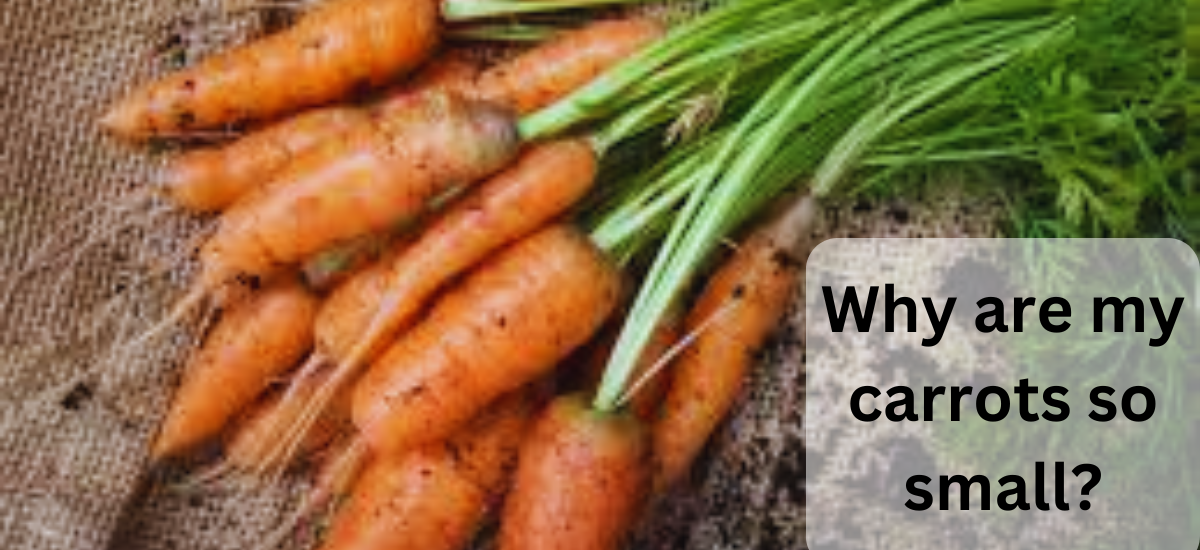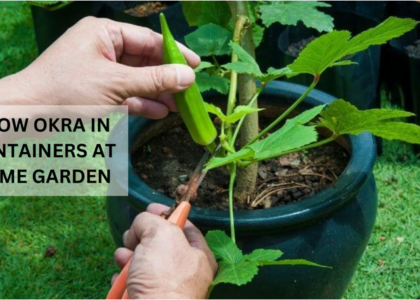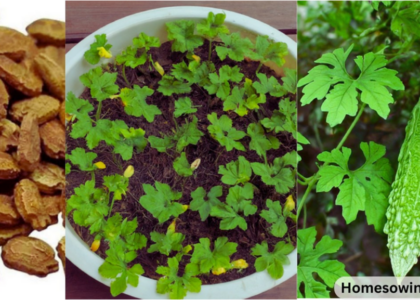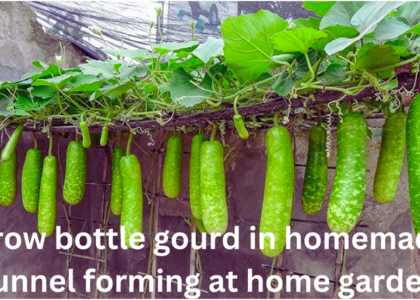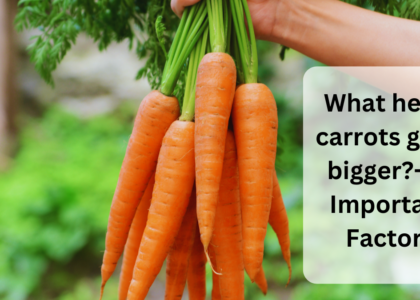Introduction
Carrots, known for their vibrant orange hue and crisp texture, are a popular vegetable enjoyed worldwide. However, there are instances where carrots grow smaller than expected, leaving gardeners and consumers puzzled. Several factors contribute to the stunted growth of carrots, ranging from environmental conditions to soil quality. In this article, we will explore the reasons behind the phenomenon of small carrot growth and provide insights on how to optimize conditions for a bountiful carrot harvest.
Quality of Soil
One of the primary factors affecting carrot size is the quality of the soil. Carrots thrive in loose, well-draining soil that is free from rocks and debris. Compacted soil can hinder root development, leading to smaller carrots. It’s essential to prepare the soil adequately before planting by loosening it and incorporating organic matter to improve fertility.

Overcrowding(Spacing)
Carrot seeds are tiny and often sown densely, making it challenging for the developing plants to receive adequate nutrients and space. Overcrowding can result in competition for resources, leading to stunted growth. Thinning the seedlings once they emerge helps create sufficient space for each plant, allowing them to reach their full potential.

Irregular Watering
Carrots require consistent moisture throughout their growth period. Irregular watering, whether it’s insufficient or excessive, can lead to stress and impact the development of the taproot. To promote optimal growth, maintain a regular watering schedule, ensuring that the soil remains consistently moist but not waterlogged.

Deficiency of Nutrients
Like all plants, carrots rely on a balanced supply of nutrients for healthy growth. A deficiency in essential nutrients, such as phosphorus, potassium, and magnesium, can result in small or misshapen carrots. Conducting a soil test and amending the soil with the necessary nutrients can address this issue.

Extreme Temperature
Carrots prefer cool growing conditions and can be sensitive to extreme temperatures. Prolonged exposure to high temperatures can hinder carrot growth and result in smaller roots. Planting carrots during the appropriate season and providing shade during hot periods can mitigate the impact of temperature extremes.

Pests and Diseases
Carrots are susceptible to various pests and diseases that can affect their growth. Carrot rust fly larvae, nematodes, and fungal infections are examples of potential threats. Implementing pest control measures and maintaining good garden hygiene can help prevent these issues and promote healthier carrot growth.

Varietal Characteristics
Different carrot varieties exhibit varying sizes, shapes, and growth patterns. Some varieties naturally produce smaller carrots, and choosing the right type for your preferences is crucial. Check seed catalogs or consult with local gardening experts to select a carrot variety that aligns with your desired size.



